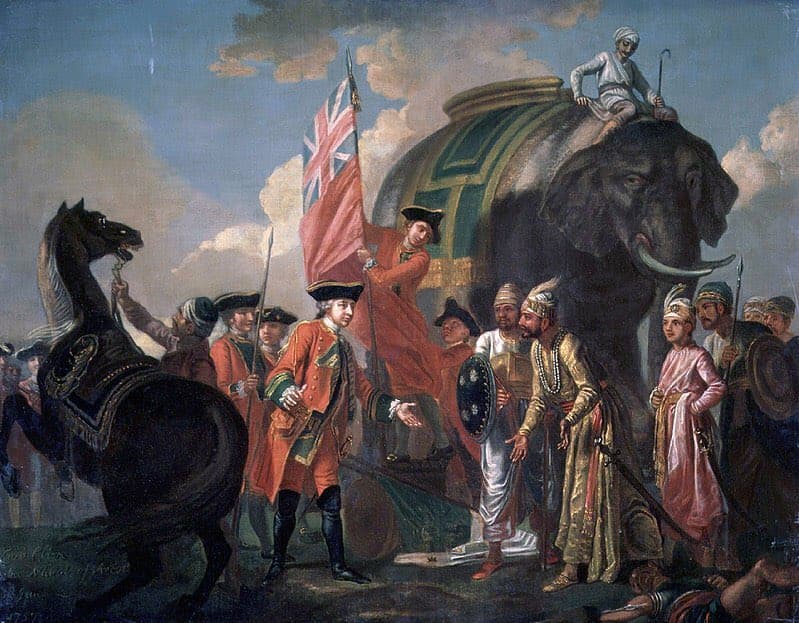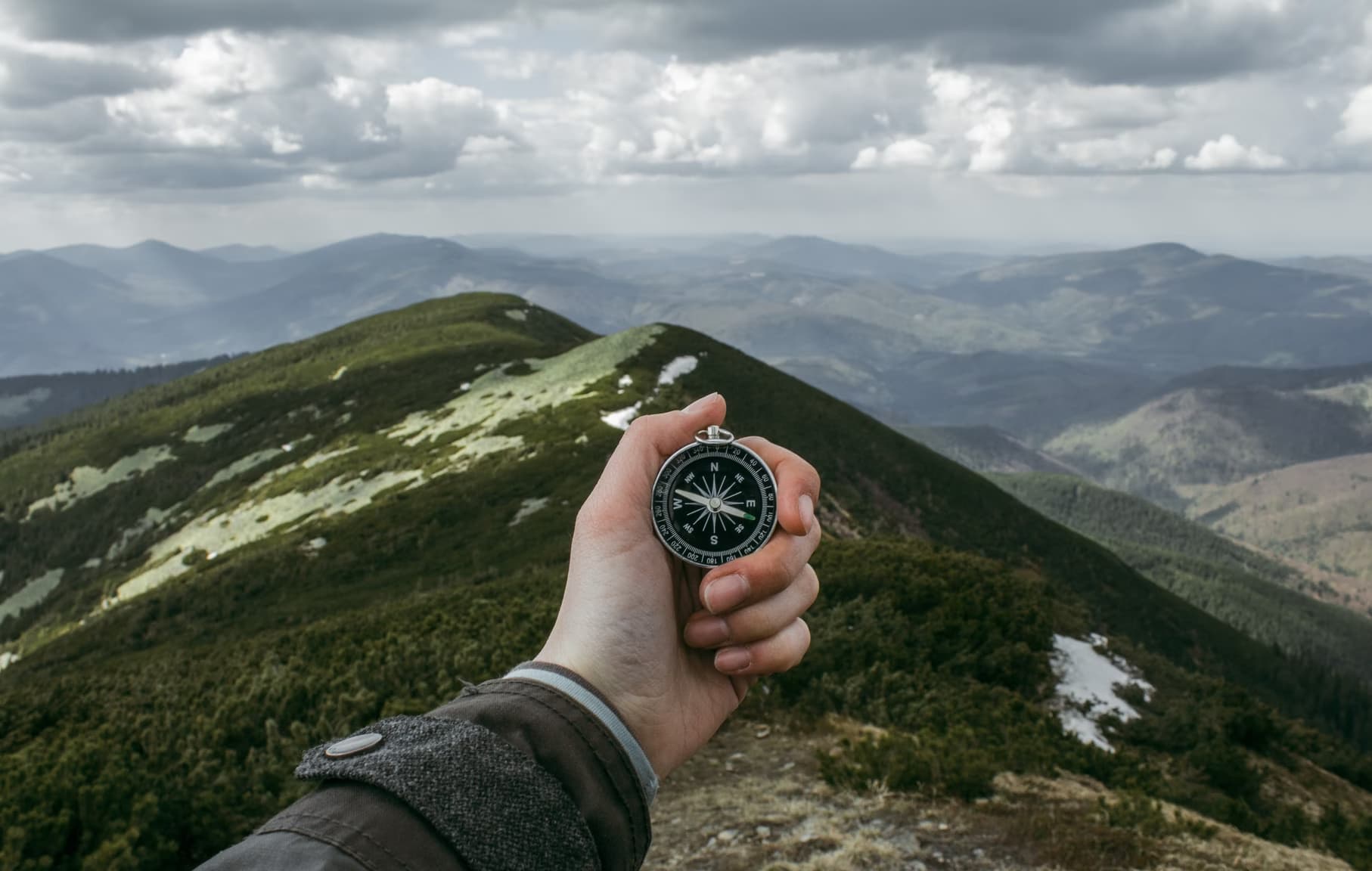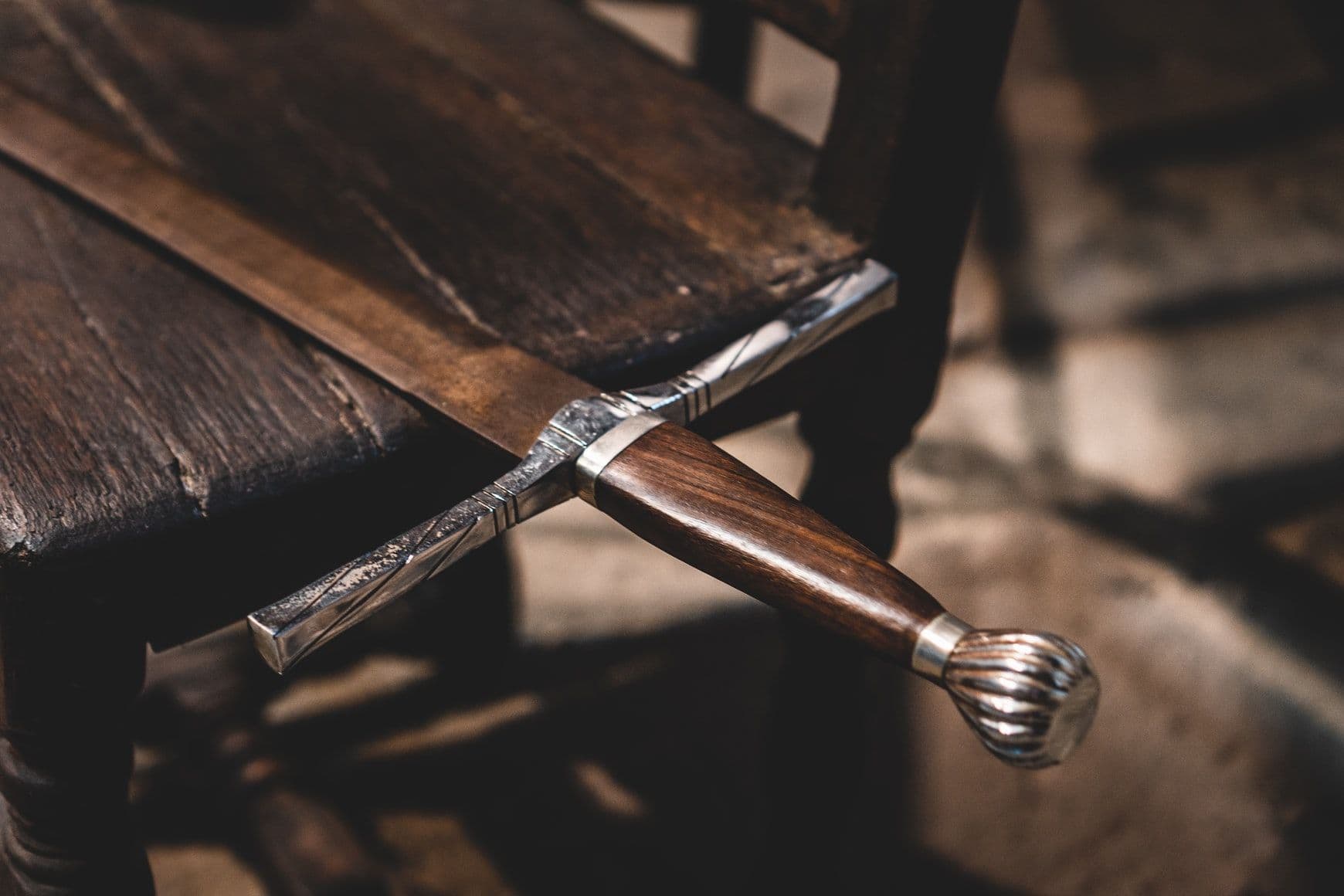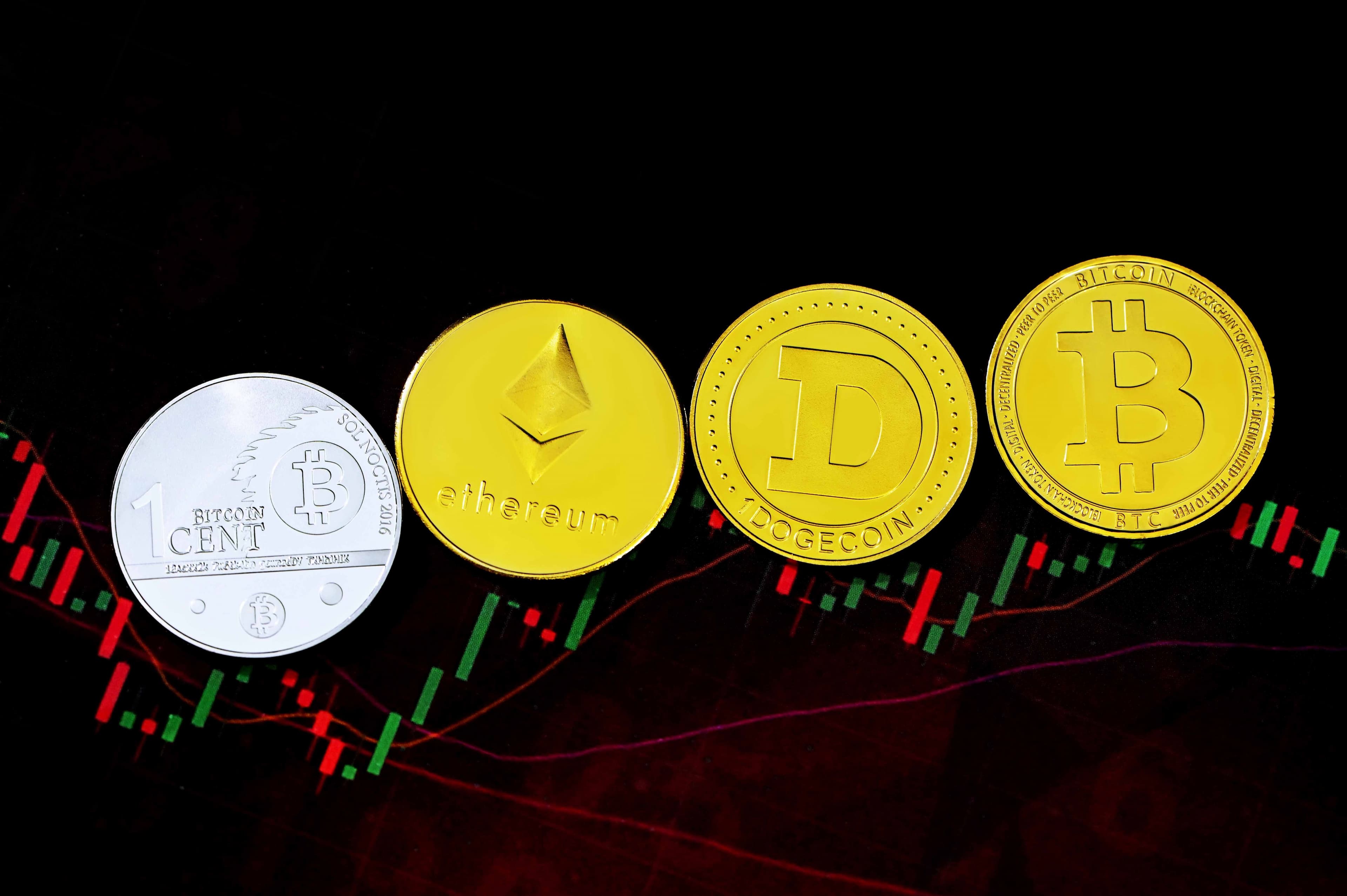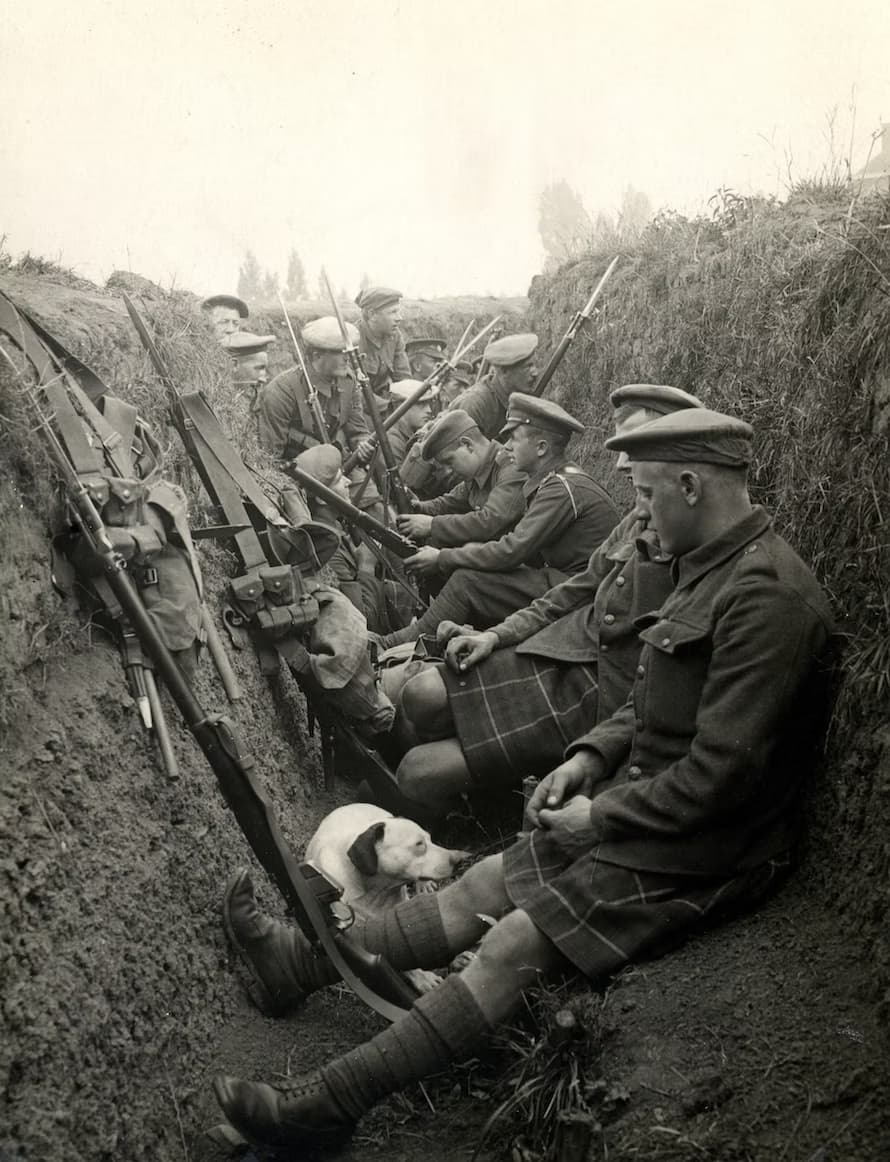
At the centre of the village in which I grew up, like so many others, there is a 9 foot stone pillar bearing the names of the five young men of the village who were killed during the Great War. At the last census, the village population was a grand total of 161 people, although with half of the houses in the village having been built in the 1960s, this would have been an appreciable percentage of the people living there in 1914.
In the chapel of the school I attended, one wall was given over to war memorial plaques, from the Boer war of 1905 all the way to Afghanistan in recent times. The largest of these plaques contains the names of 84 alumni and teachers who were killed in the same conflict. Every year on Remembrance Sunday, one of the names would be chosen, and the man’s story would be told. This is a poor showing compared to schools such as Eton College, who lost over 1,100 boys and teachers.
Over a century later it is perhaps difficult to understand what it was all for. Certainly, it has become popular to imagine working class men dragged away to die or duped into fighting by malicious propaganda. We have all seen the posters: men should shun cowards and fight like lions for king and country!

It clearly worked, nearly 2.5 million men volunteered to fight between August 1914 and December 1915, so successful was it that conscription was only deemed necessary from 1916 onwards. Even then, the famous poster of Lord Kitchener pointing at passers by only appeared at the end of September 1914, and by this point volunteering numbers were past their peak. [1]
Whether or not this is clear and distasteful manipulation by the British state is not relevant. The fact that it was so successful a recruiting tactic tells us exactly what these men valued: their honour, their flag, their king and their country. They valued these things so much so they were willing to fight and die for them in their millions. Perhaps surprisingly, officers bled the most, with 12% of the British army's common soldiers being killed during the war, compared with 17% of its officers (including over 200 Generals) [2]. “Lions led by Donkeys” is at best Imperial German propaganda, and at worst a complete falsehood.
Still, this is just the men of the British Isles. As we approach Remembrance Day this year, we should consider for what the men on all sides bled and died screaming in the mud, sand and surf. They were men of globe-spanning empires, and it is for this reason it is known as the First World War. Over one million Indian men fought voluntarily for the British Empire, with hundreds of thousands more volunteering for non-combatant roles [3]. As many men again came from Ireland, Australia, Canada and New Zealand, suffering horrific casualty rates, but still not as high as those from the United Kingdom.

The French Empire recruited half a million troops from Africa; the Ottoman Empire from Arabia, Greece and Mesopotamia, and the Russian Empire from Ukraine and from the hundreds of ethnic groups under their territory. The Austro-Hungarian Empire brough Czechs, Poles, Romanians and more. Even the relatively homogenous German Imperial army brought 850,000 of their own Poles to the fight [4].
Although there was conscription, at scale, on all sides, the scale of the volunteering of men from across the world defies modern belief. The empires these men pledged their lives to were hundreds of years in the making, especially in the case of the Ottoman and Austro-Hungarians. They were fighting for their history, as is demonstrably so by the eventual outcome of the war. The losing central powers were devastated, with the ancient Ottoman and Habsburg Empires dissolving into obscurity and the Germans were reduced to a parliamentary democracy. The Russian Empire, although initially on the side that eventually won, fell to Communism in no small part due to the pressures of the war. This was a high stakes game, and the men of these empires slaughtered each other with bayonet, rifle, machine gun, poison gas, flamethrower and artillery piece attempting to win it.
Europe was transformed, historic monarchical empires giving way to democratic nations. Of all places to hammer this point home, it was during my brief time playing the game Battlefield 1, set during the Great War. The fact that the player fights with the weapons of modern times, i.e. machine guns, tanks and planes, and yet also fights under the heraldic shield of an ancient house, seems curiously at odds [5]. When we think of feudalism we expect knights and castles, not trains and dreadnoughts. In the grand story of this planet, it is only very recently that we have turned from these historically important ties.

British men hurled millions of tonnes of artillery shells at German bunkers for the same reason that they stood in ranks and fired mass volley at Napoleon, and for the same reason they devastated the French nobility with longbow-fire at Agincourt. Because their king told them to, and because of the promise of reward for them and their country.
The major empires that were left standing after 1918 were the British and the French, with the USA emerging as a power in its own right, if not a colonial empire in the traditional sense. After the Second World War even the British and French empires were in ruin. Is it any wonder that in 2022 we cannot fathom why men across the world would be willing to lay down their lives for their respective empires? Those days have all but passed from living memory, and their values forgotten.
What we have today is the poppy, adopted because they are the flowers that grew on the empty battlefields when the fighting stopped, as has been the case for so many European battlefields throughout history. In this country the symbol of the poppy is used to remember the dead of the United Kingdom. Of course, there have been efforts to shoehorn in a modern agenda, with segregated poppy colours for different races [6], and teaching material produced by the British army itself aimed at amplifying the contributions of Indian, Sikh, female and homosexual fighters in the Great War [7]
Personally, I am more than happy to acknowledge the contributions of (for example) non-British men. As previously mentioned, over 1 million Indian volunteers fought for the British Empire. This is a staggering contribution, and more than worth celebrating. However, there are two issues with this:
- Remembrance is a time for remembering the dead, not necessarily the contributions of the survivors. Official sources state that the United Kingdom lost somewhere between 850,000 and 1,000,000 men, whereas the Indian army lost around 70,000. [8]
- The British Empire is no longer with us.
This second point is important. Nations that were once part of a colonial empire are now independent, and many of them fought to be so. If the British Empire were still a geopolitical entity today then there would be nothing controversial about celebrating the men of every nation lost fighting for it. However, it is not. What remains is a collection of sovereign nations whose people chose independence from Britain, to forge their own paths according to their own cultural practices.
To be independent of others goes both ways, they do not govern you, and you are not obligated to celebrate their successes in preference to those of your own nation. Remembrance Day in the UK is about remembering the dead men of the UK who fought for the British Empire, just as Remembrance Day in India is about remembering the dead men of India who fought for the same cause. The same is true of military-related national holidays around the same time in (for example) Turkey and Romania, and, perhaps bizarrely in modern times (since they fought for the Russian Empire), Ukraine [9].
As well as the 10 million loyal subjects and citizens, who died in the cause of their respective empires, those same empires of history are also dead and gone.
Lest we forget.
Sources
[1] https://www.bl.uk/world-war-one/articles/voluntary-recruiting
[2] https://www.bbc.co.uk/news/magazine-25776836
[3] https://en.wikipedia.org/wiki/Indian_Army_during_World_War_I#Organisation
[4] https://encyclopedia.1914-1918-online.net/article/empire
[5] https://battlefield1-archive.fandom.com/wiki/Factions
[6] https://www.bbc.co.uk/newsround/45975344
[7] https://www.teachwire.net/products/remembrance-day-2022-british-army/
[8] https://en.wikipedia.org/wiki/World_War_I_casualties
[9] https://www.ukrainianworldcongress.org/remembrance-day/
More from Jonathan
Latest articles
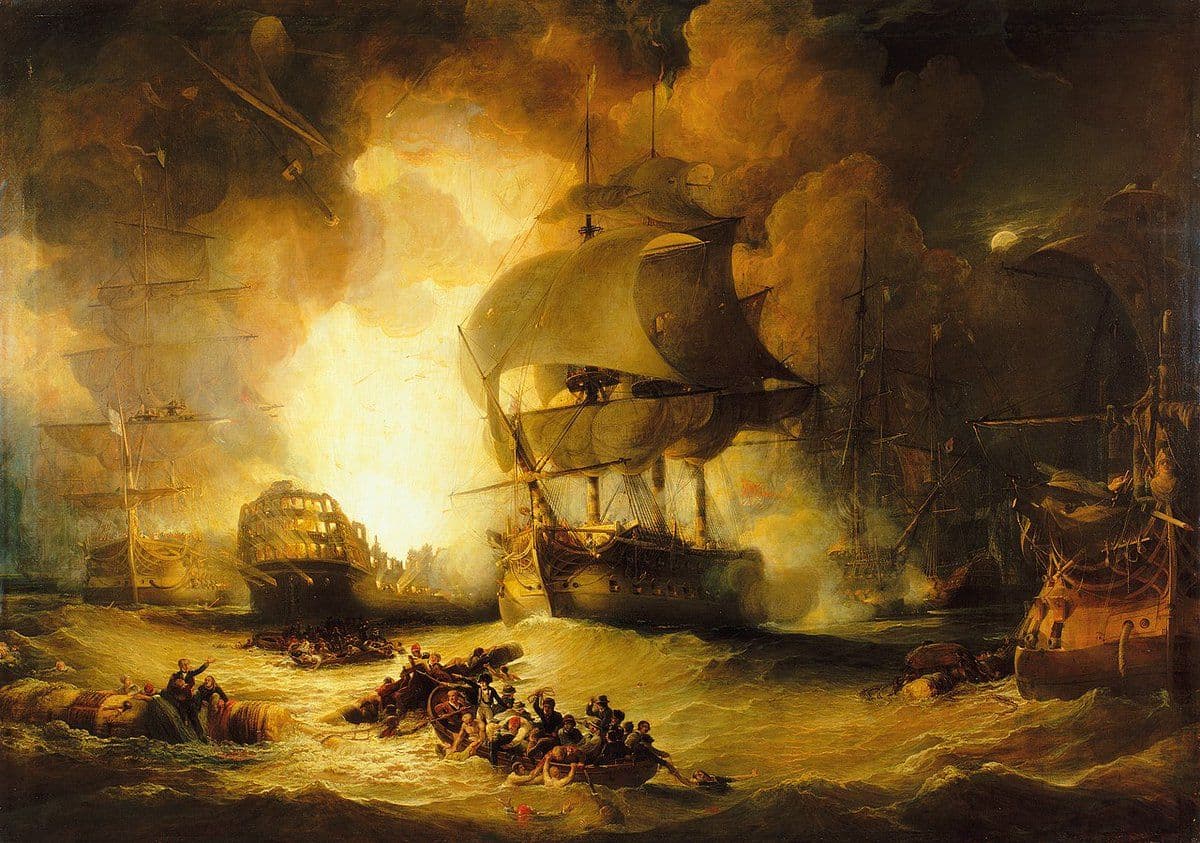
Aboukir Bay - The Naval Battle Which Made a Hero
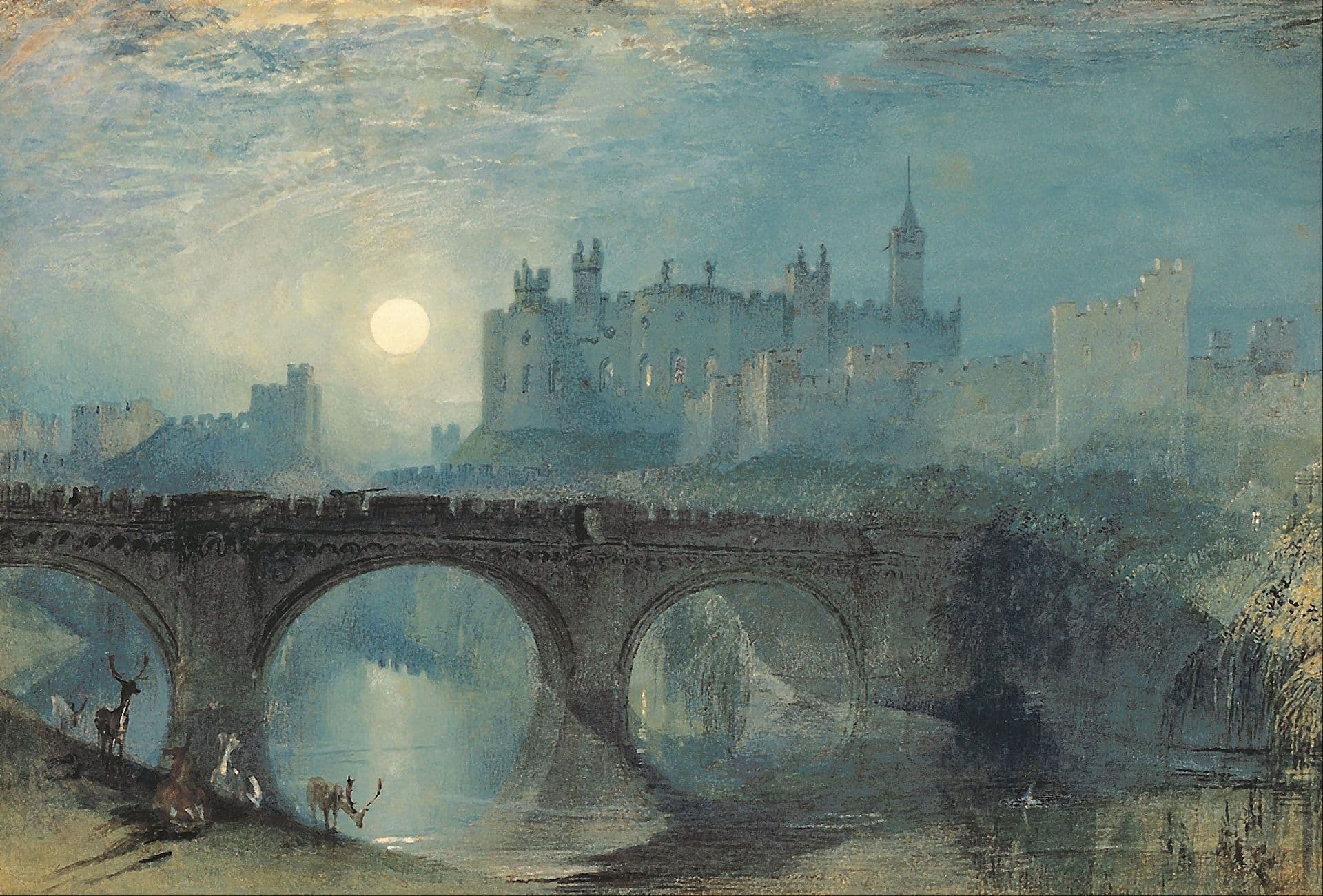
The Dukes of the North
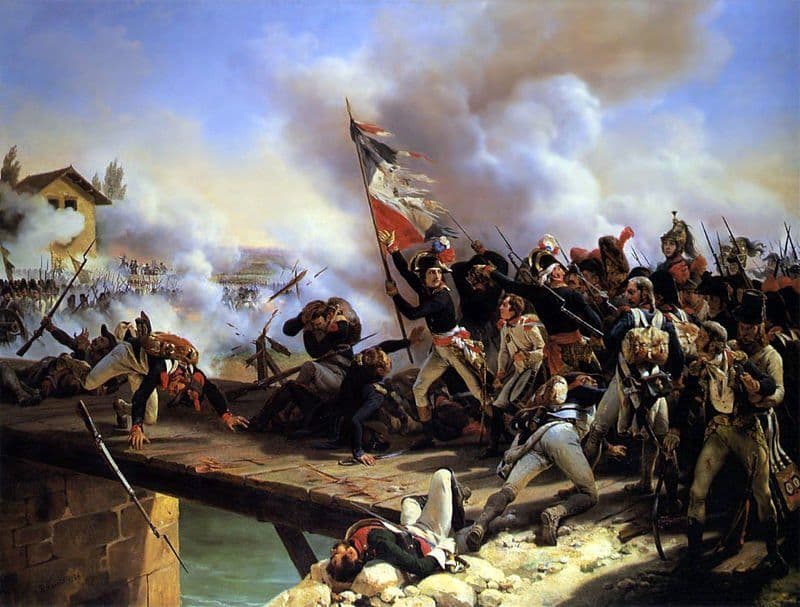
Marching Sheepishly: How the British wool industry helped the French to win the War of the First Coalition
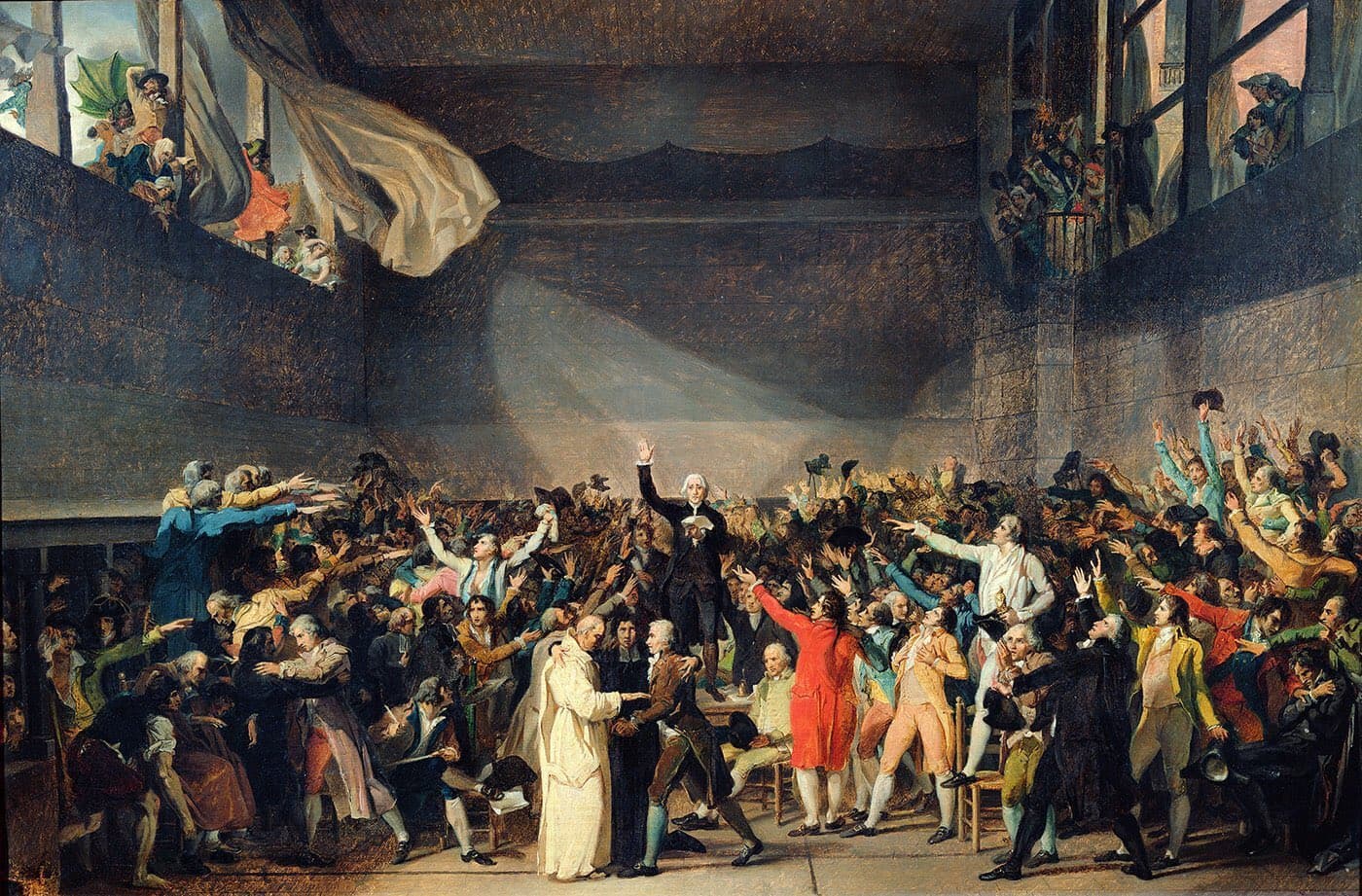
Why did Britain oppose the French Revolution?
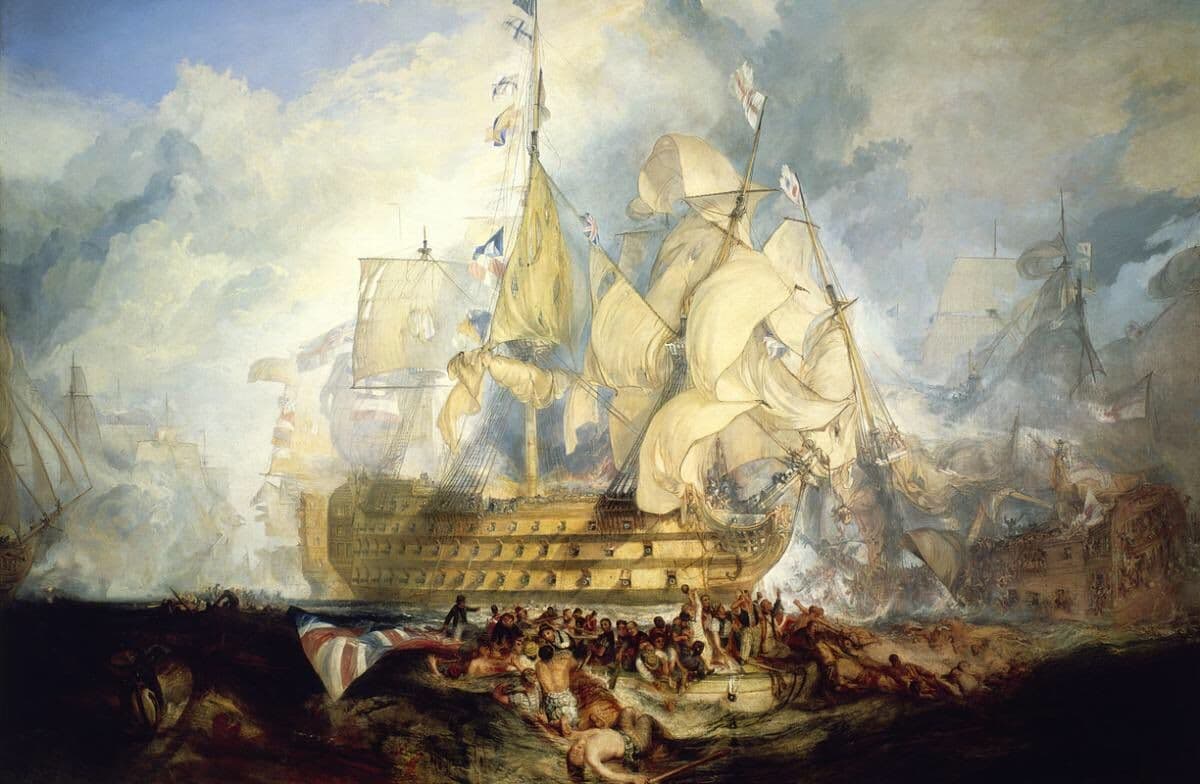
The time Britain funded an invasion of itself... twice!
